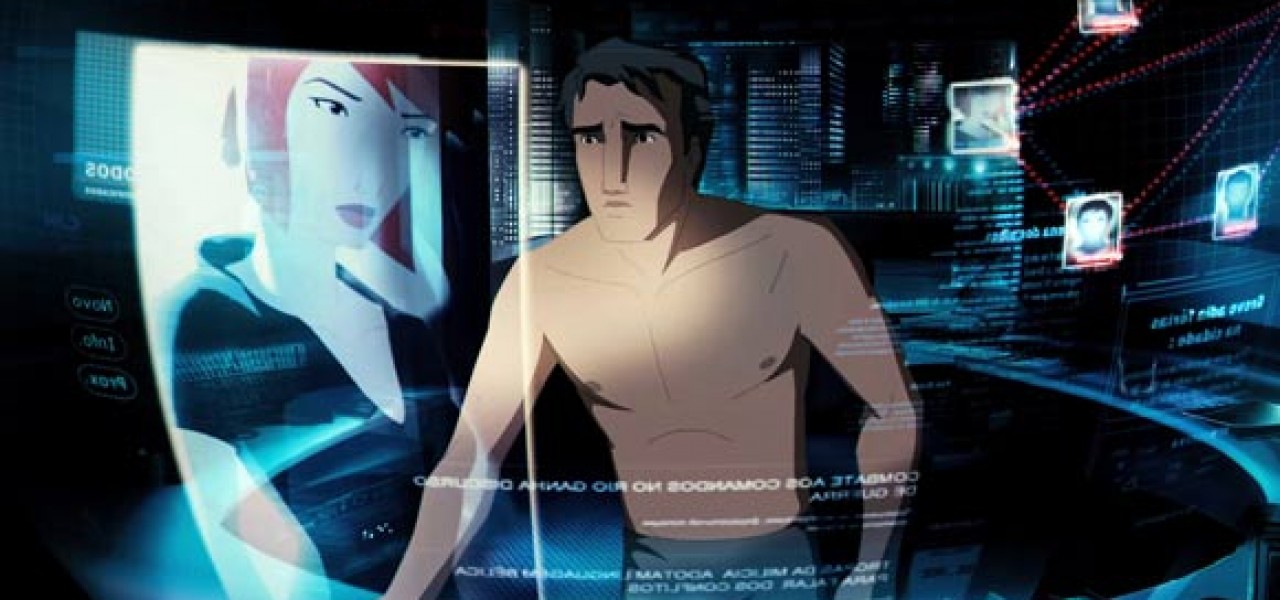
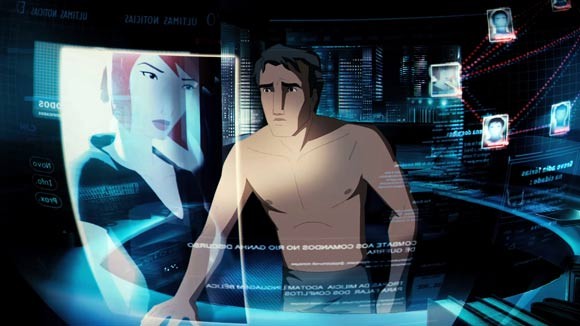
Director Luiz Bolognesi on “Rio 2096,” An Animated Feature About Love and Revolution
Produced in Brazil for just $2.5 million by first-time animation director Luiz Bolognesi, Rio 2096: A Story of Love and Fury is among the more unconventional animated features that has been submitted for the Best Animated Feature category of this year’s Academy Awards.
The story follows six hundreds years in the life of an immortal man who, obsessed with finding an existence with the woman he loves, continually takes on the role of a revolutionary fighting the system. “The film is about resistance, that’s the point,” Bolognesi (below) told Cartoon Brew. “The hero is not a hero. He is a loser—he loses all of the time, but he never stops fighting.” Whether he’s facing colonization during the 1500s, social unrest in the 1970s or class warfare ignited by dwindling natural resources at the end of the 21st century, he always finds himself in the role of an everyman whose life is at the mercy of the greedy and the powerful.
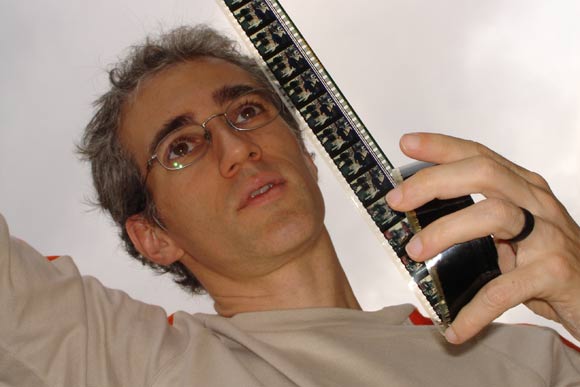
The film’s story of struggle and persistence in the face of overwhelming odds can perhaps be seen as a metaphorical tale of small foreign animated features attempting to exist in a universe of mega-budget animated extravaganzas produced by American film studios. As an underdog, Rio 2096 has fared well playing with the big boys. The film surprised the animation world earlier this year when it won the best animated feature at the prestigious Annecy animation festival.
Considering that Bolognesi’s career up to now has been exclusively writing live-action character-driven Brazilian dramas, it made sense to ask what motivated him to make an animated feature in the first place. “It would be impossible with the budget that we had to make the things we did if I was doing this film in live action,” Bolognesi explained. “To travel in time, to write a scene with two hundred Indians from the 16th century fighting a war, then another scene where we see Rio in 2096 with space ships over the city – my producer would have killed me if I had written that.”
Rio 2096 is the culmination of his diverse personal interests—a childhood love of graphic novels and comic magazines like Heavy Metal and an enthusiasm for historical research. “Before writing the script I worked with a group of four students of history and anthropology on researching interesting little known facts of Latin American history,” Bolognesi said. “I decided to tell the story from the point of view of the Tupinambás, the natives who lived in Rio before the Europeans arrived, whose history is not so different from the history of the Indians from the United States, and use their true mythology as the dramatic arc of the film.”
For the animation process, Bolognesi decided against a paperless digital production in exchange for hand-animating the characters on paper followed by digital cleanup and compositing. “The animators were much more used to that,” he said. “When we tried to work on tablets, their work didn’t go so quickly.” And despite the animators’ desire to create animation on ones and twos, Bolognesi preferred threes and fours. “My team was used to working closer to the American process of full animation and very expressive characters, and I didn’t want that. I wanted something closer to the feeling of Japanese, Korean, and even the French process of character animation.”
When it came to the production design of the film, he continued to push for a more expressionist “graphic novel style” with less naturalism, even going so far as basing the look of each time period after a different season of the year. He gives much of the credit to the film’s art diretor: “Anna Caiado is the big talent of the film, and she realized very quickly the intention of the film and she did really a great job with a very small department of five [artists].”
The result is a passionate animated film that’s one part historical fiction and one part divine fantasy, and ultimately, a powerful story of love. “I think that the real political fight for a better world can only be something good if it is motivated by love,” Bolognesi said. “You love your people, you love someone, you love your children: that’s the reason why you should want to change the world.”
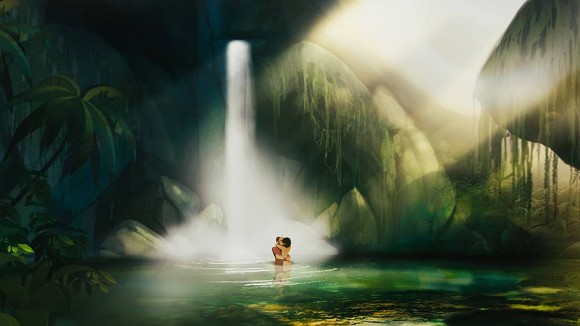
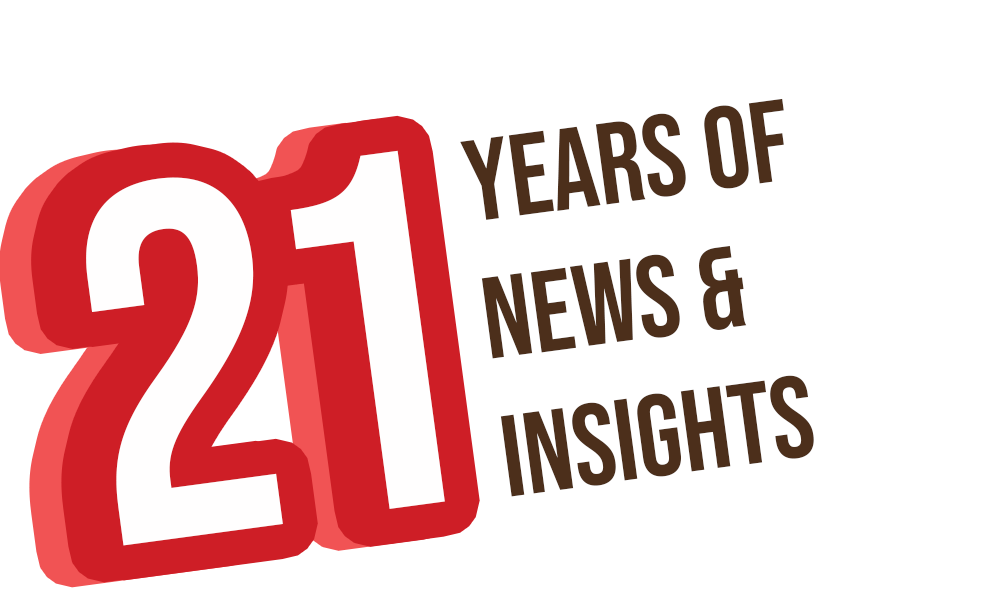
.png)